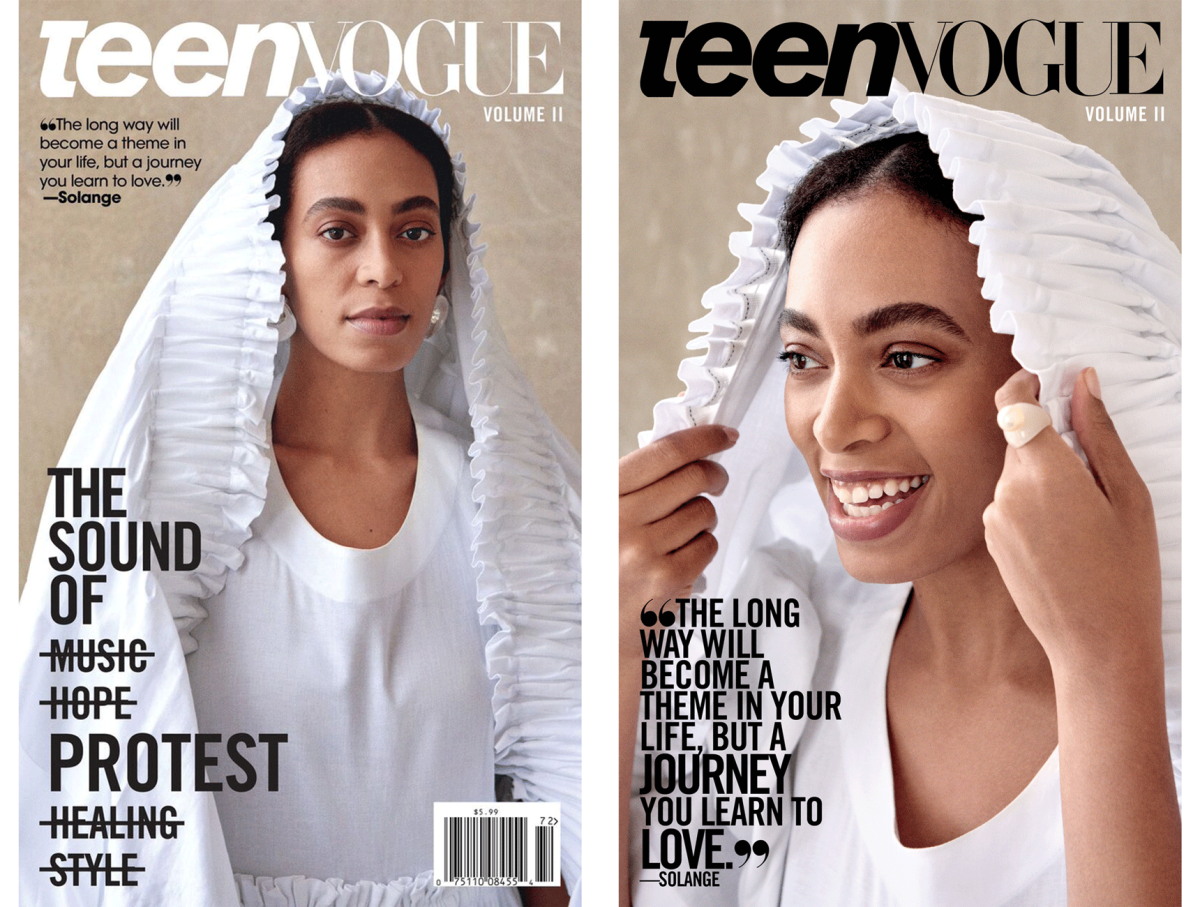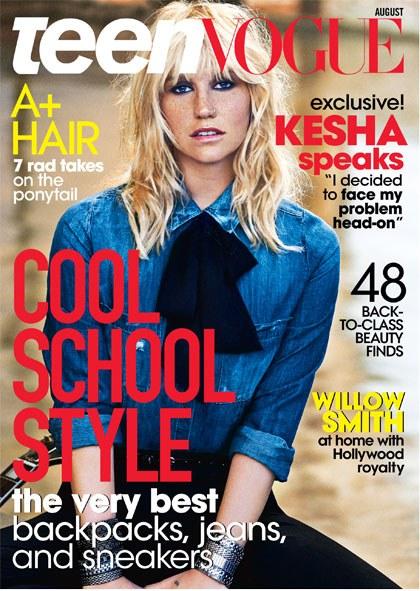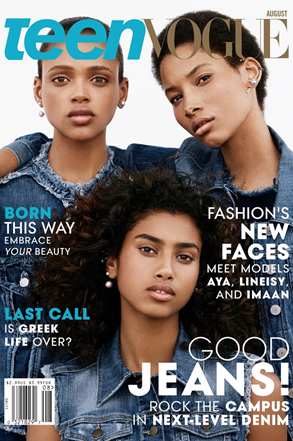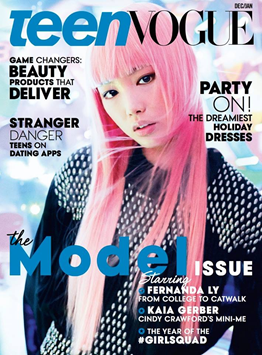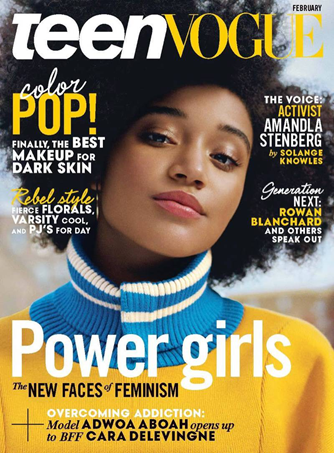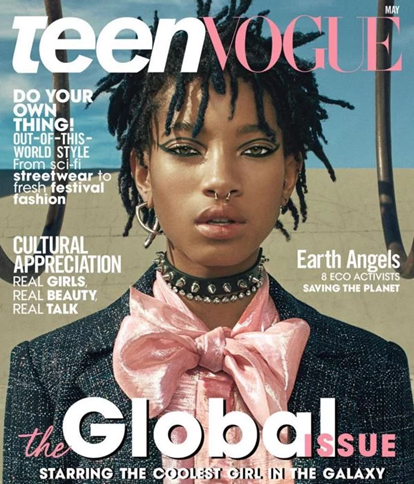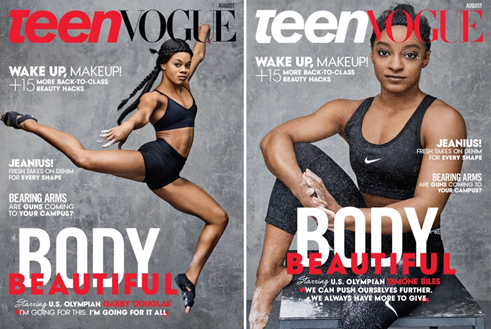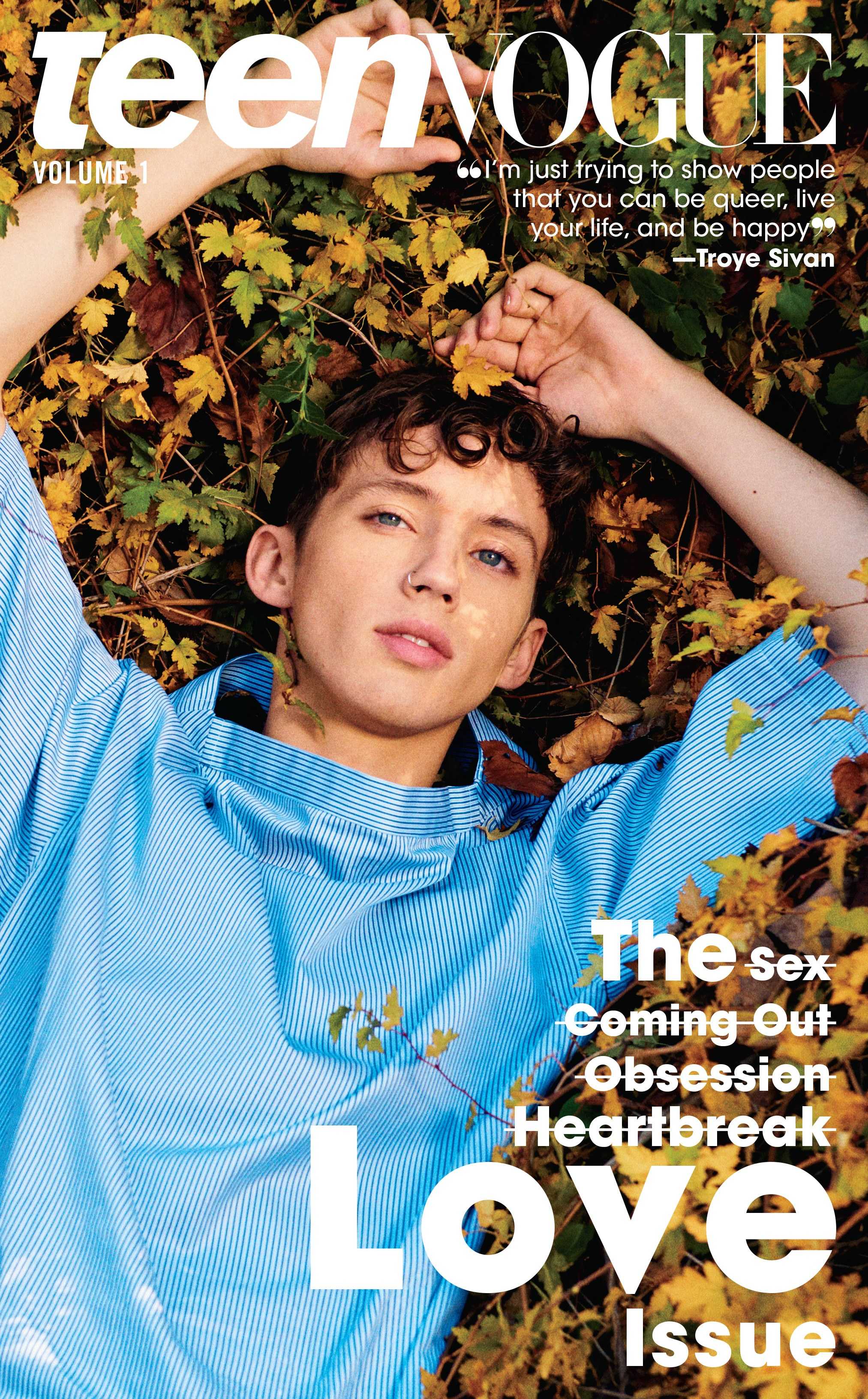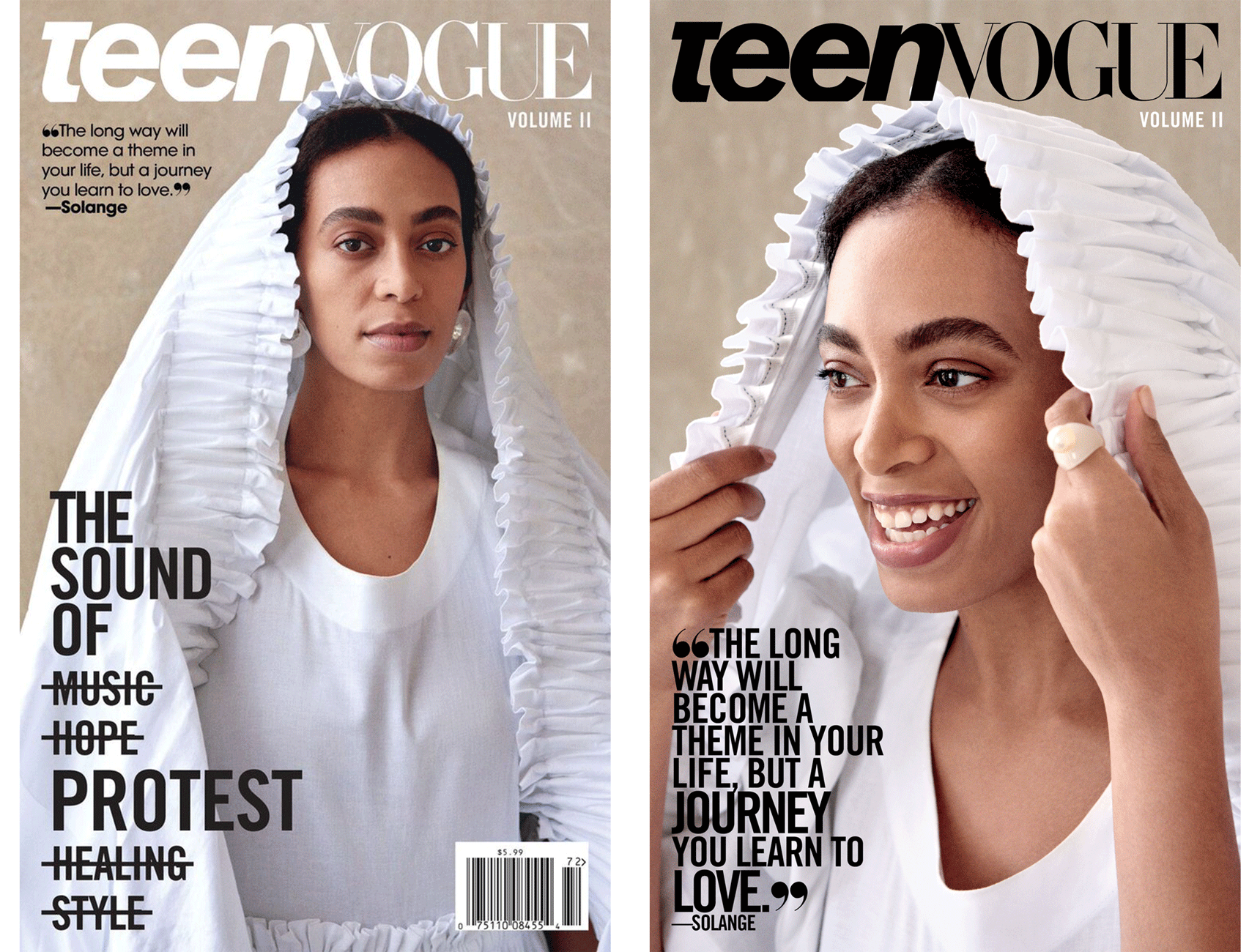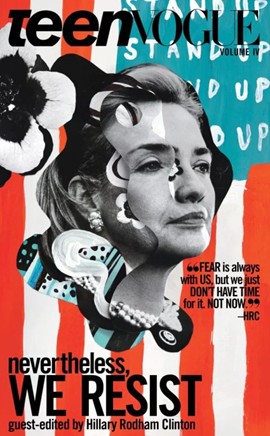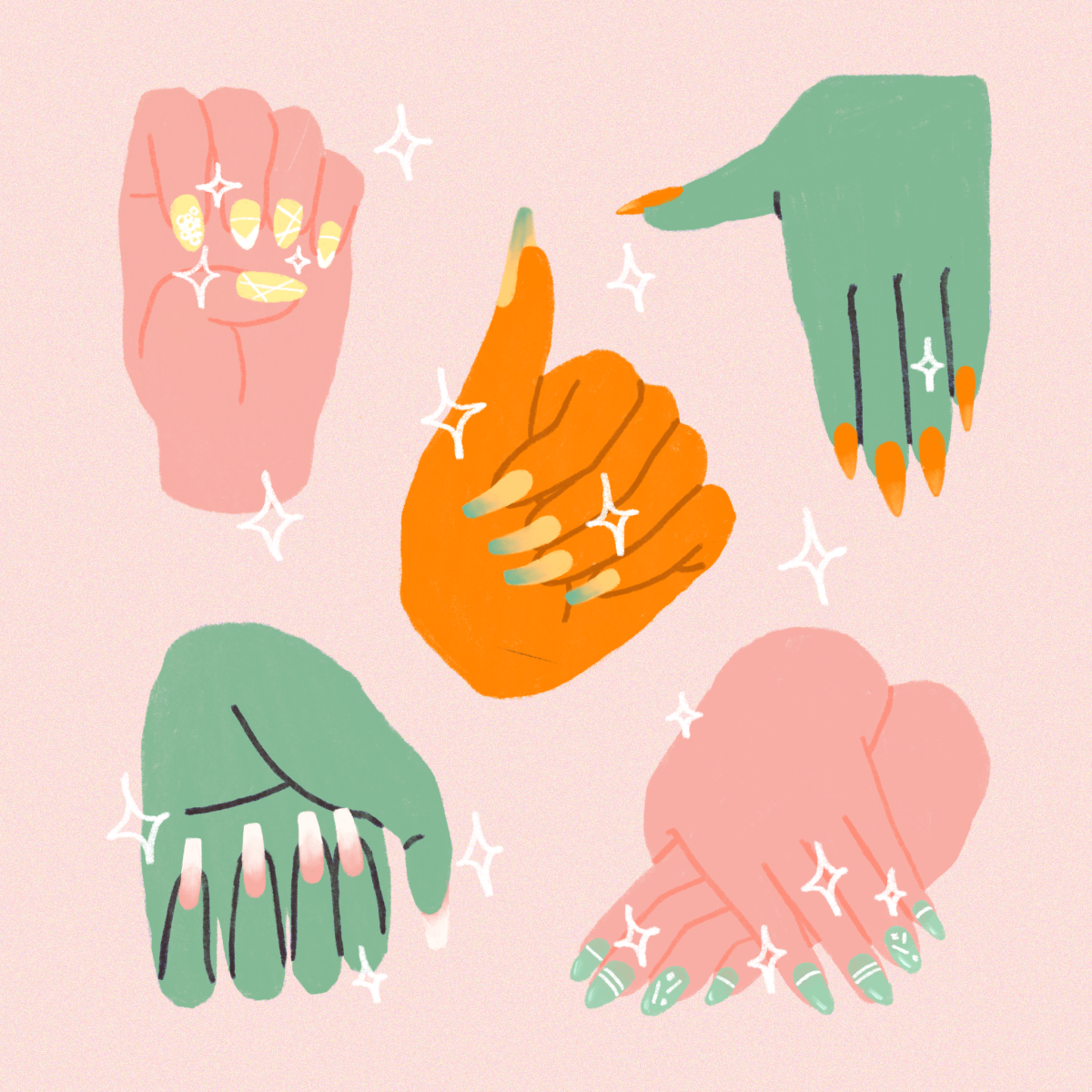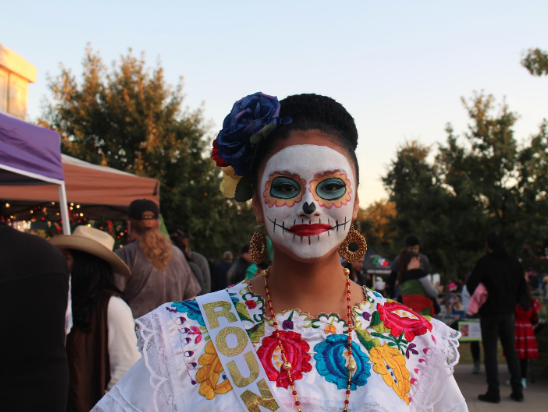At the beginning of the month, the newest issue of “Teen Vogue” awaits you in your mailbox, wrapped like a monthly Christmas gift in shiny plastic. This was an exciting time in the past that, unfortunately, future teens will not get to experience.
Story by Alexis Green
Photos courtesy of Teen Vogue
Teen Vogue became a “how to” guide for teenagers. With the publisher Condé Nast’s decision to become online exclusive, ORANGE Magazine decided to take a look back at the top covers from the 2010s.
August 2014
Some only knew Kesha as the “Tik Tok” singer who dominated the pop scene, but this cover gave readers a chance to see astripped-down version of the person behind the music. Kesha had the opportunity to discuss her struggles with depression, an eating disorder and the difficulties she experienced in establishing herself in the sometimes cruel music industry.
August 2015
In 2014, only 14 percent of major magazines featured women of color on the cover of their magazine. A year later, this issue of Teen Vogue became a best seller. The cover deemed Aya Jones, Lineisy Montero and Imaan Hammam as the new faces of fashion, a title given previously given to Chanel Iman and Karlie Kloss before they were household names. Displaying women with fros and curls, the issue was a step in the right direction for inclusivity.
December 2015/January 2016
With its vibrant pink hair and an iridescent background, this cover is a cotton candy dream. As previously stated, the fashion industry has a history of being non-inclusive. Looking back at previous Teen Vogue covers, it was amazing to see a minority woman, with her cool girl aesthetic, gracing the cover of this issue.
February 2016
Sometimes people shy away from the powerful f-word that is feminism, yet with its vibrant hues of yellow and blue paired with Amandla Steinberg’s fro, the magazine wanted to make a statement. It made social issues less of a “grown up” thing and extended the platform to young adults.
May 2016
From cultural appreciation to environmental issues, it is clear this issue did not come to play. It aimed to spark discussion and there was no better way to do so than with “coolest girl in the galaxy.” Willow Smith is the epitome of edge in this picture, in contrast to the softs pinks that complement the unconventional look with a touch of femininity.
August 2016
This was the first issue released with Elaine Welteroth as editor-in-chief and she did not disappoint. Swapping out the heavy makeup and couture outfits for sporty, natural looks allowed girls who don’t fit the previous feminine model typecast to see themselves reflected on the covers of a fashion magazine.
Volume I
Love is a tricky puzzle that dominated our teenage years. Teen Vogue was known for their romance tips, but The Love Issue opened the conversation about all types and complications of love that its diverse readers may be facing.
For years, viewers watched Troye Sivan grow up on his YouTube channel from a shy teenager to an openly-gay popstar. His story and the many others featured allowed for discussions on sexuality that aren’t always easy to have.
Volume II
You can usually spot a Teen Vogue issue a mile away from its vibrant colors and even more extravagant outfits, but the beauty of Volume II comes from its simplicity. Adorned in white modest clothing against a beige background, Solange cares a certain grace behind the dark titles of “protest.” The understated cover is the perfect balance of tranquility with an unwillingness to remain silent.
Volume IV
Teen Vogue is going out with a bang. Set to hit stands Dec. 5, this issue will be feature Hillary Clinton as a guest editor. “Some will say it’s too partisan,” wrote Elaine Welteroth on the website. “This issue isn’t for them. It was designed for the millions who acknowledge that until women, girls, people of color, members of the LGBTQ community, immigrants, and the economically disadvantaged are on an equal playing field, we must hold space for these critical conversations.”
Teen Vogue has evolved over from a typical teen fashion magazine to a platform for influence figure to speak on important topics over the years. In some ways, the magazine grew up with millennials. Although the print issue will be gone, the pivotal moments it provided throughout your teenage years will not be forgotten.































